Evolution looks for growth in storied Red Lake camp

Evolution Mining’s acquisition of Newmont’s Red Lake project is expected to close in March Credit: Newmont
The two companies’ announcements couldn’t have been more upbeat.
“Evolution is excited to be adding Red Lake to its portfolio,” enthused Evolution Mining’s executive chairman, Jake Klein. “Red Lake is an under-capitalized asset which, through a committed investment in development and exploration, is intended to become a cornerstone asset in the Evolution portfolio.”
“This transaction both strengthens our balance sheet and provides ongoing exposure to new discoveries at Red Lake,” echoed Newmont president and chief executive officer Tom Palmer. Comments by both company heads may go a long way to encouraging Evolution’s shareholders to support closure of the acquisition, expected in March.
The deal occurs in the wake of mergers by precious metals miners last year, including Newmont Mining and Goldcorp; Barrick Gold and Randgold Resources; and Pan American Silver and Tahoe Resources to compete with gold exchange-traded funds (ETFs) and boost their dividends. But to do that, some, like mining giant Newmont, promised to offset increased debt incurred from these mergers by divesting themselves of underperforming assets.
By many accounts, mid-tier gold companies, notably in Australia, grinned from ear to ear at the news. Facing declining gold mining opportunities at home, they happily began buying up these smaller-scale assets. St. Barbara Ltd., for example, acquired Nova Scotia-based Atlantic Gold, and Newcrest Mining acquired a 70% stake in Imperial Metals’ Red Chris copper-gold mine in B.C.
With its news release in November, Australia’s Evolution Mining was now jumping in with both feet, touting a “significant upside potential for Evolution to extend the longevity of the (Red Lake) operation well beyond its current 13-year life of mine plan.”
Australia calling
To understand this deal you have to understand Evolution’s profile since its inception in November 2011 as a mid-tier gold mining company. Evolution chairman Klein defines that as a company with six to seven assets on the books and a view to improving its portfolio. Evolution has several mines in Australia with total production in 2020 expected at of 725,000 oz. of gold at all-in sustaining costs of A$940-990 per oz. (around US$642-663).
“The underlying belief is that a company of that size has the capacity to fund its own growth and not depend on shareholders all the time for capital,” Klein says. “From there, you can invest sufficiently in your asset base, portfolio, exploration and discovery.”
Even better, if you’re small enough, a discovery could make a major material difference to the underlying value of the company, Klein notes. Hence the hopes for Red Lake, an asset that has produced more than 25 million oz. of gold at an average grade in excess of 20 g/t since production began in 1949.
On the other side of the slate is Goldcorp, one of the world’s largest gold mining companies – and larger still when it merged with Newmont last November. Like others, the new entity Newmont Goldcorp (since renamed simply Newmont) set about shedding underperforming assets.
“We believe there’s still untapped potential at Red Lake, but that untapped potential will require investment,” says Newmont spokesperson Omar Jabara. “Because we have a very robust project pipeline, all these projects compete for a finite amount of capital.”
Since Red Lake had ceased to be a priority for Goldcorp, Evolution’s offer of $375 million in cash and contingent payments of up to an additional $100 million tied to new resource discoveries seemed like a no-brainer.
Given its stated optimism about more gold to be had at Red Lake, did Newmont ever consider purchasing stock in the event Evolution could do more with the property than Goldcorp had? Surely this would appeal to investors anxious to see debt cut and their dividends boosted.
“Not necessarily,” responded Jabara. “If you’re selling an asset, you’re getting something in return. It could be cash, marketable securities or any number of things that have value that can be used as dividends for shareholders or for paying down debt.”
In short, Newmont Goldcorp is flush, said Jabara, having paid down debt both before and after the merger, with enough liquidity on the books from deals like Red Lake to exploit its remaining project pipelines to the benefit of shareholders.
Geology doesn’t change
While Evolution is convinced Red Lake has more gold to offer, perhaps the first caution came in Evolution’s own announcement Nov. 26 when it said reserves at Red Lake will be revised downward 30% to 40% after the deal closes – the first reassessment since Goldcorp’s ore reserves update in 2018.
Despite that downgrade, “the resource is likely to be stable,” Klein says. “Red Lake is also an asset in a high-grade zone that propelled Goldcorp in the not too distant past to be the largest gold mining company in the world. Is there another HG zone? We’re not about to rule that out.”
To find out, Evolution is not only ponying up the US$375 million in cash and US$100 million more tied to new resource discoveries, it has committed US$100 million to existing operations and another US$50 million in exploration over three years. The property’s main appeal, says Klein, is the geology in a premier district that’s been going for 70 years, and the prospect of additional discoveries.
“That was the foundation of our interest in this asset,” he adds. But other things make Red Lake a turnaround opportunity – not just historic head grades of over 20 g/t in Archaean greenstone gold geology with which Evolution is already familiar, but a transaction funded with 100% debt by a new five-year A$600-million unsecured term loan through a syndicate of lenders.
In the 2018 calendar year, Red Lake produced 276,000 oz. of gold at an AISC of US$988 per oz., but in 2019, production dropped to 150,000-160,000 oz. at an AISC of US$1,600 per oz. Following a three-year turnaround plan, Evolution is targeting annual production of over 200,000 oz. at an AISC below US$1,000 per oz. Joe Mazumdar, an economic geologist/analyst at the newsletter Exploration Insights, offers two cautions pertaining to the grade and the refractory state of the ore at Red Lake.
“The problem with the geology is the grade continuity,” Mazumdar notes. “It’s a very high grade, but not very continuous. That was a problem forever for that asset.” When Goldcorp hit a high-grade deposit, they made a lot of money, Mazumdar says. “But when they didn’t hit it, the money wasn’t there.”
Klein doesn’t disagree with Mazumdar’s assessment of the narrow orebody but notes the recent lack of attention to continued, intensive exploration at Red Lake, something that was not a priority for Newmont Goldcorp given other, more lucrative assets that required attention. He remains convinced “the good times at Red Lake will continue,” notwithstanding geological challenges all gold companies have, including Evolution.
The second challenge, says Mazumdar, is that some of the ore is refractory. In the case of a simple, free milling gold deposit you can crush, mill or grind then leach it with cyanide to get 90% of the gold. “If the gold mineralization is refractory, the gold is within sulphide and you may have to pre-oxidize it using an autoclave or roaster before you can leach it,” Mazumdar says. “That’s more expensive.”
Equipment is already on site at Red Lake’s Campbell mill which will allow Evolution to process refractory ore, recovering gold by flotation followed by pressure oxidation, neutralization and CIL. The ore at the Red Lake mill will be processed via conventional crushing and grinding, gravity concentration and CIP methods.
Investment follows innovation
Despite his cautions, Mazumdar agrees Newmont’s decision to sell Red Lake and Evolution’s to buy it make sense. Red Lake is a low-margin, high-cost asset and small as a proportion of the company’s overall production profile. As a result, “it was easy to get rid of,” says Mazumdar. From Evolution’s perspective, the asset is in Canada, a jurisdiction investors love because of its low geopolitical risk, high geological prospectivity and strong mining culture.
So, yes, the verdict is still out on what remains at Red Lake. But for its part, Evolution says it’s prepared to make the required investment needed to turn Red Lake around, notably improvements to drill and blast practices to increase mining recovery and improve mining fleet efficiency and effectiveness. That’s in addition to rationalizing material movement and improving geological data management and optimizing use of two processing plants on site.
“We’re going to look at whether we can rationalize those and operate a single mill on a larger scale,” says Klein. “We don’t think running two mills concurrently is the best outcome.”
Also on site is a new Acacia reactor which manufacturer Consep Acacia Engineering says achieves overall gold recoveries of more han 98%. Evolution also plans to introduce ore sorting technology. Klein says the latter is gaining commercial scale traction in the gold space, noting that Evolution has already introduced the technology at its Cowal open pit gold mine in New South Wales.
“Our bench–scale test is not at Red Lake but at some of our other operations where we believe we can get 70-80% of the gold with 20-30% of the tonnages. So, this is something I think has real opportunity right across the gold sector and across our portfolio.”
Klein adds the opportunities in Ontario are not just at Red Lake, but regional. “My understanding is that outside of Africa, this is one of the most well-endowed districts in the world.” He’s also sensitive to increasing global geopolitical risks, adding: “Countries like Australia and Canada where the rule of law can be relied upon are going to be given a premium relative to other jurisdictions.”
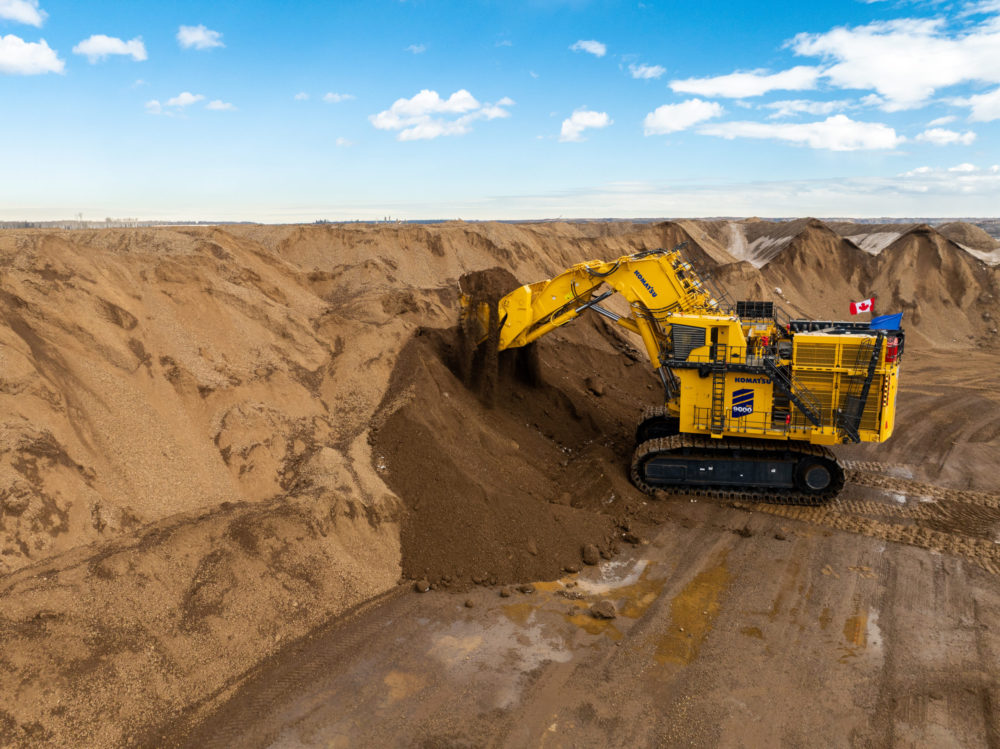
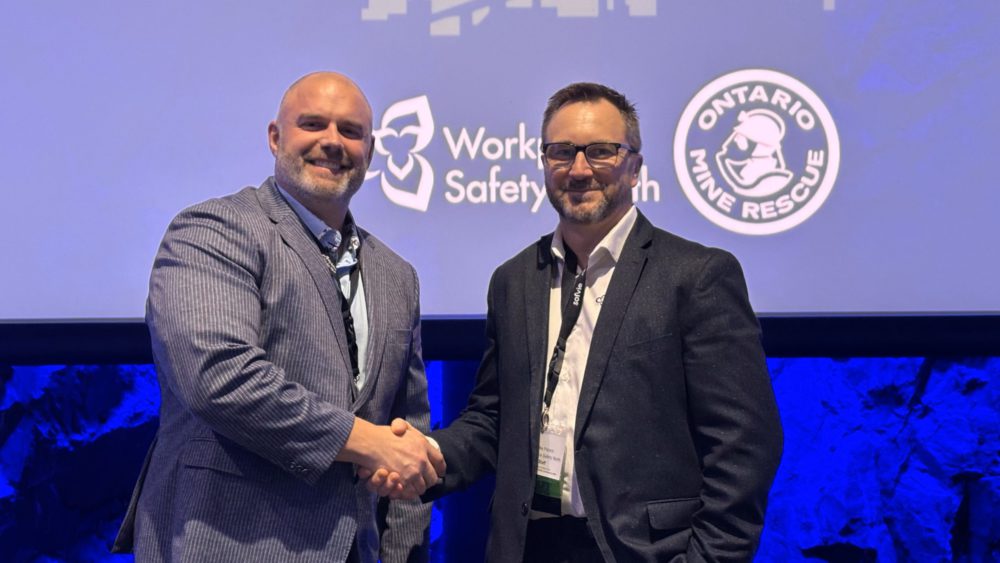
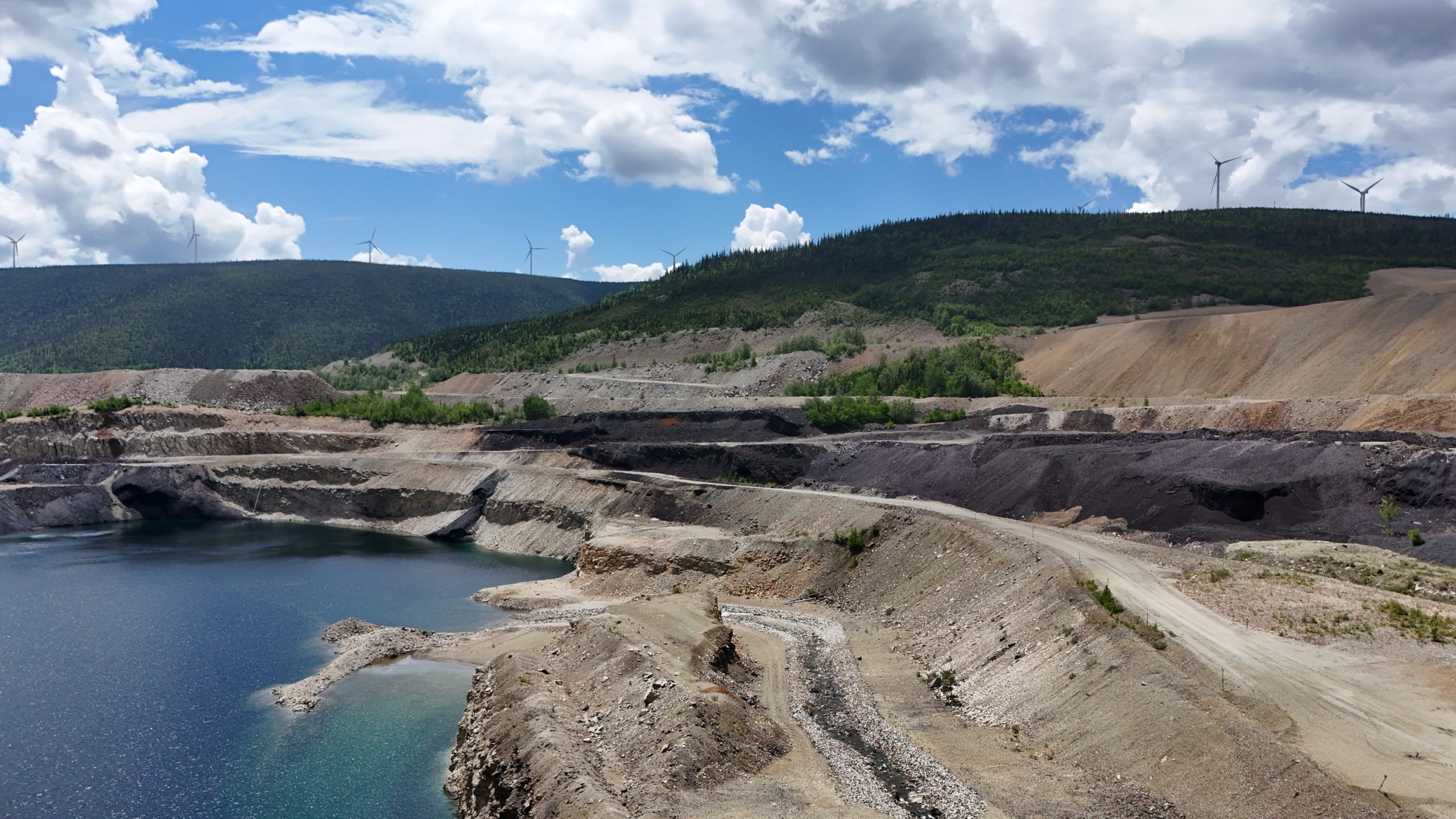
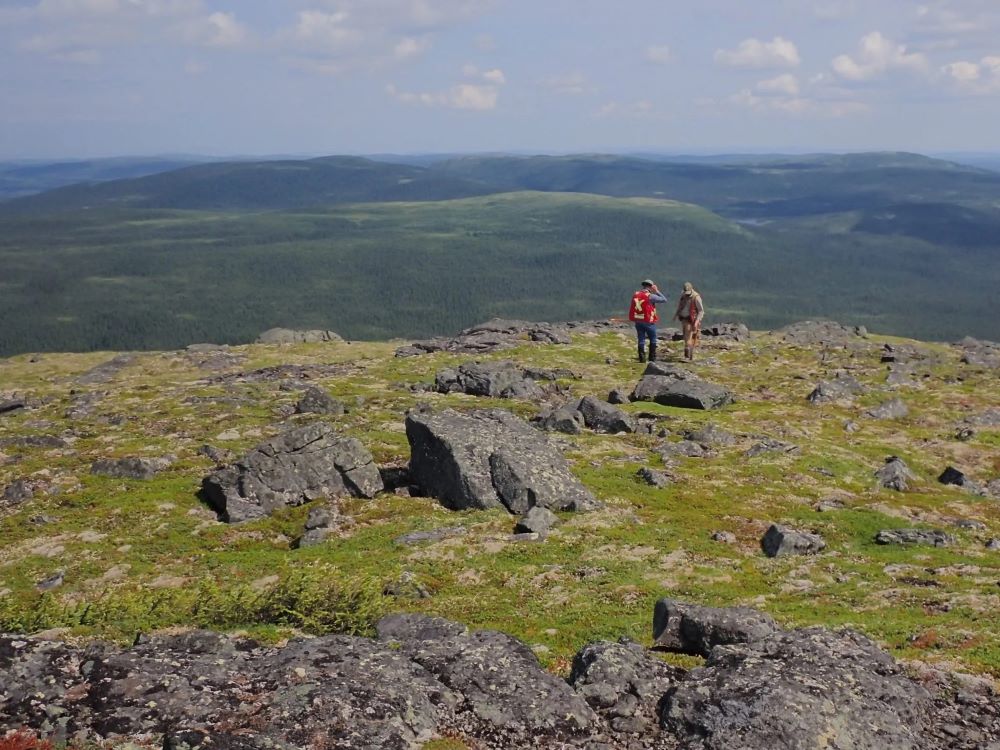
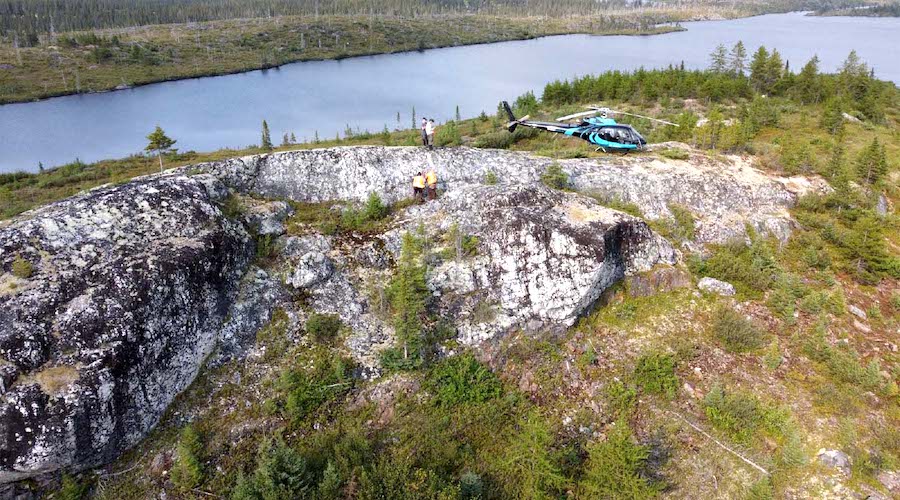
Comments